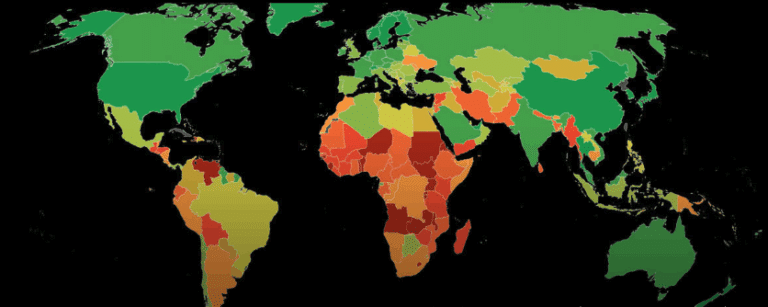Could a strategic lithium reserve kickstart US supply chain development?
NEW YORK -- A strategic lithium reserve is being mooted as a solution to stabilize volatile prices that have hindered American mining projects, allowi
Current Access Level “I” – ID Only: CUID holders, alumni, and approved guests only
Reports by Qëndresa Krasniqi, Helen Yibrah, Rachel Scheu + 2 more • July 10, 2025
This report represents the research and views of the authors. It does not necessarily represent the views of the Center on Global Energy Policy. The piece may be subject to further revision.
Contributions to SIPA for the benefit of CGEP are general use gifts, which gives the Center discretion in how it allocates these funds. More information is available here. Rare cases of sponsored projects are clearly indicated.
Corporate Partnerships
Occidental Petroleum Corporation
Tellurian Inc.
Foundations and Individual Donors
Anonymous
Anonymous
Aphorism Foundation
the bedari collective
Children’s Investment Fund Foundation
David Leuschen
Mike and Sofia Segal
Kimberly and Scott Sheffield
Bernard and Anne Spitzer Charitable Trust
Ray Rothrock
Extreme heat and power outages are two growing climate-driven threats that endanger the health and safety of vulnerable households and communities. Heat waves are among the deadliest natural hazards in the United States, and they are becoming more frequent, longer lasting, and more intense. Power outages, also on the rise, compound the risks posed by heat waves. These threats not only intersect, they also disproportionately impact communities with high economic, health, and social vulnerability—many of which have been shaped by a legacy of structural discrimination. The US Environmental Protection Agency estimates that Black residents are 40% more likely to live in areas with higher mortality rates from rising temperatures than non-Black residents.
This report, part of the Energy Opportunity Lab at the Center on Global Energy Policy at Columbia University’s School of International and Public Affairs, explores how residents of North Lawndale, a predominantly Black and historically under-resourced neighborhood on Chicago’s West Side, experience the compounded effects of heat waves and power outages. With rates of chronic health issues, poverty, unemployment, and energy burden (the percentage of income used to pay energy bills) well above state averages, North Lawndale contends with more frequent and longer outages as well as greater barriers to coping with extreme heat compared to wealthier neighborhoods in Chicago.
By sharing concerns expressed by local residents during a focus group discussion, this report adds community voices to existing research on weather-induced energy insecurity to ensure that the experiences of affected people are better understood by policymakers weighing reform options. Participants described significant impacts from outages—from trauma and food loss to isolation and disruption of caregiving responsibilities. Additional participant experiences during extreme heat include the following:
The focus group discussion illuminated policy opportunities for utilities, regulators, and state legislatures, including equitable and transparent infrastructure investments, outage response protocols that account for vulnerability, and electricity affordability through income-based rates and bill assistance. It also highlighted the importance of ensuring disconnection protections are established and enforced during extreme heat and that renewable energy and weatherization programs are designed to include renters and low-income households.


Africa’s energy infrastructure is at a crossroads. Energy infrastructure remains a critical priority across the continent amid severe energy shortages

Full report
Reports by Qëndresa Krasniqi, Helen Yibrah, Rachel Scheu + 2 more • July 10, 2025